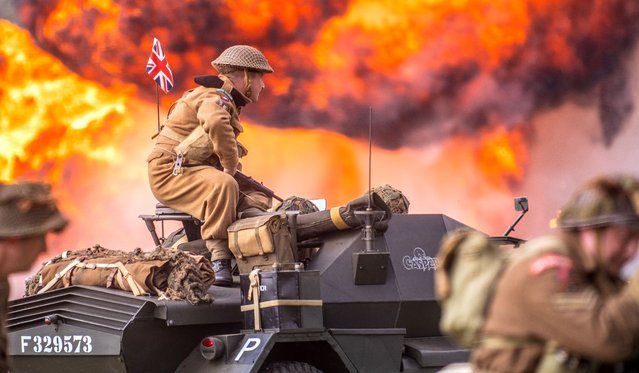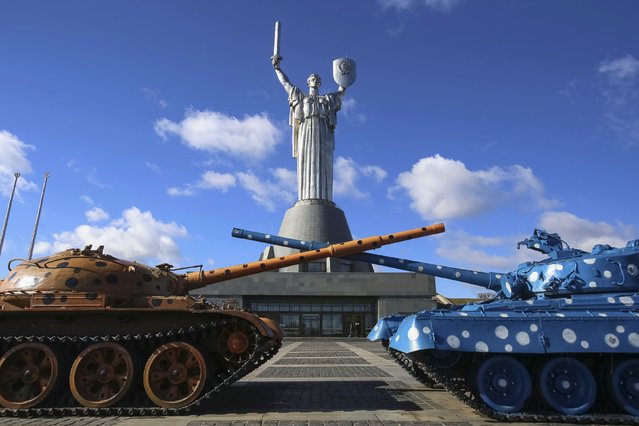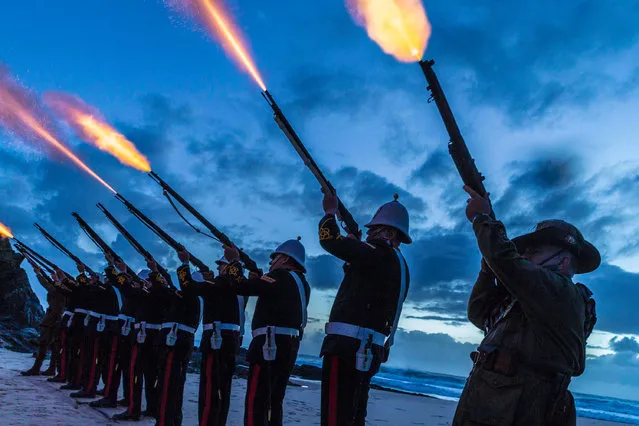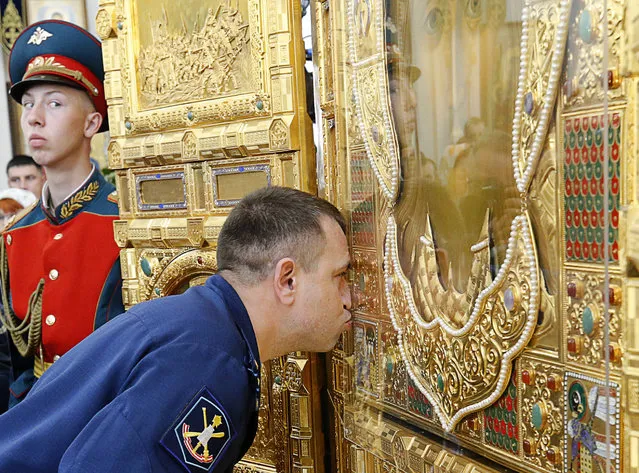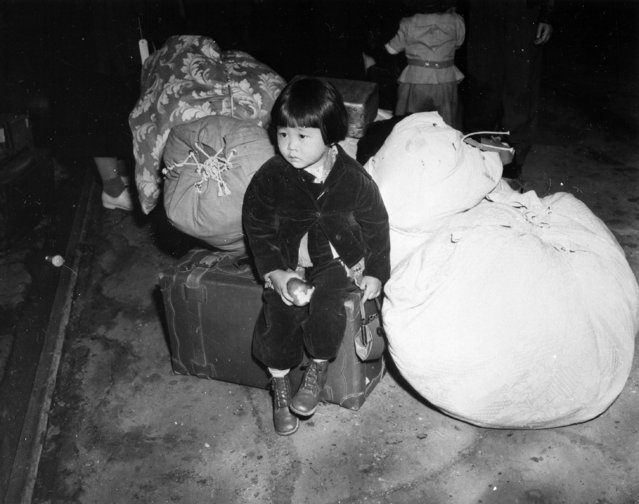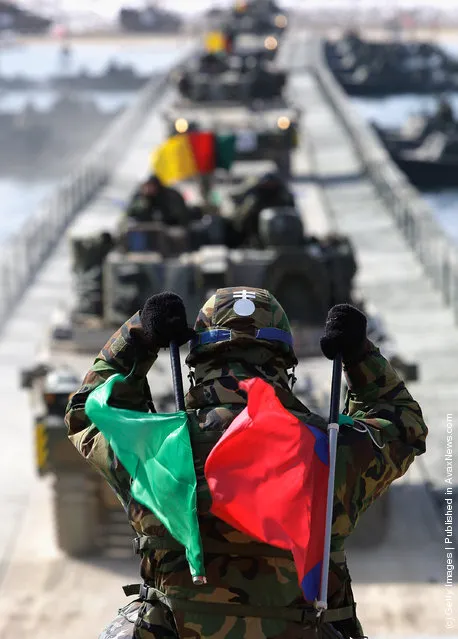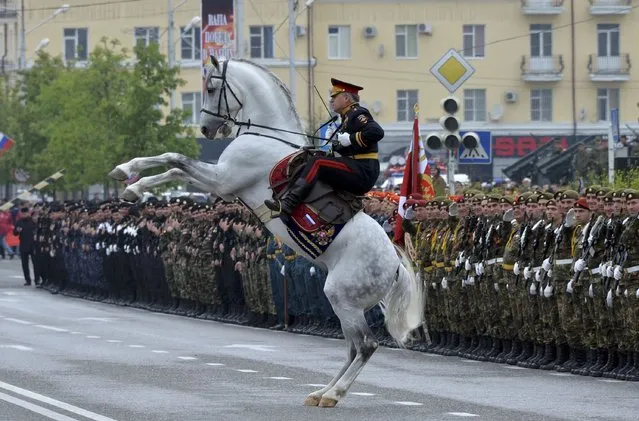
Chechen Interior Minister Ruslan Alkhanov greets participants of the military parade to mark the Victory Day in Grozny, Russia, May 9, 2015. Russia marks the 70th anniversary of the end of World War Two in Europe on Saturday with a military parade, showcasing new military hardware at a time when relations with the West have hit lows not seen since the Cold War. (Photo by Reuters/Host Photo Agency/RIA Novosti)
10 May 2015 11:35:00,post received
0 comments

